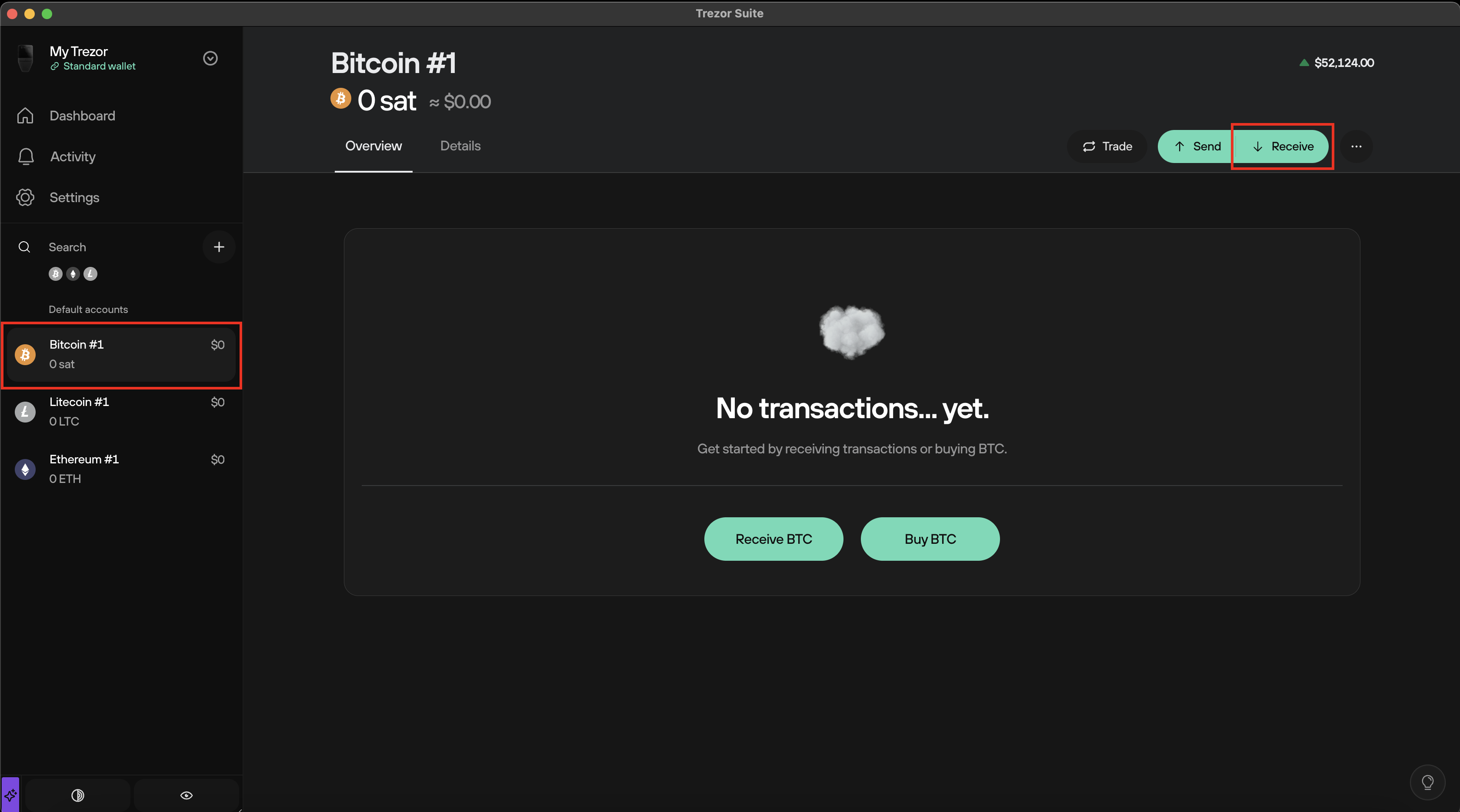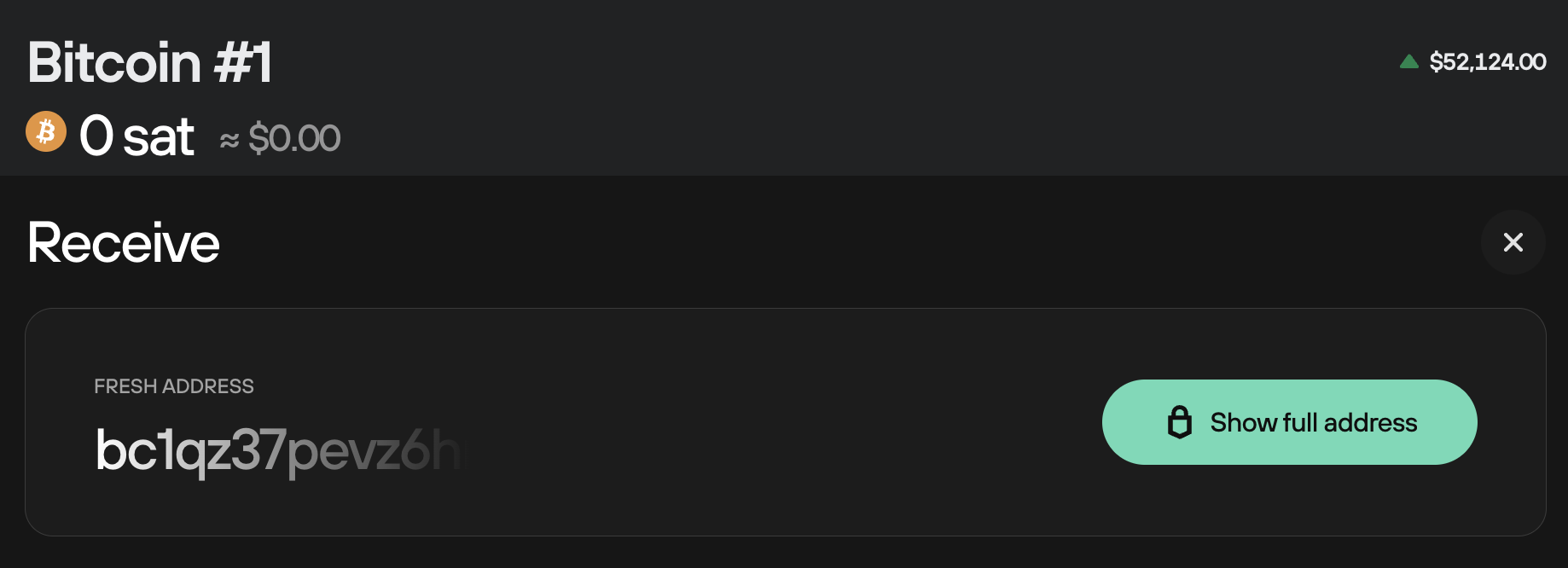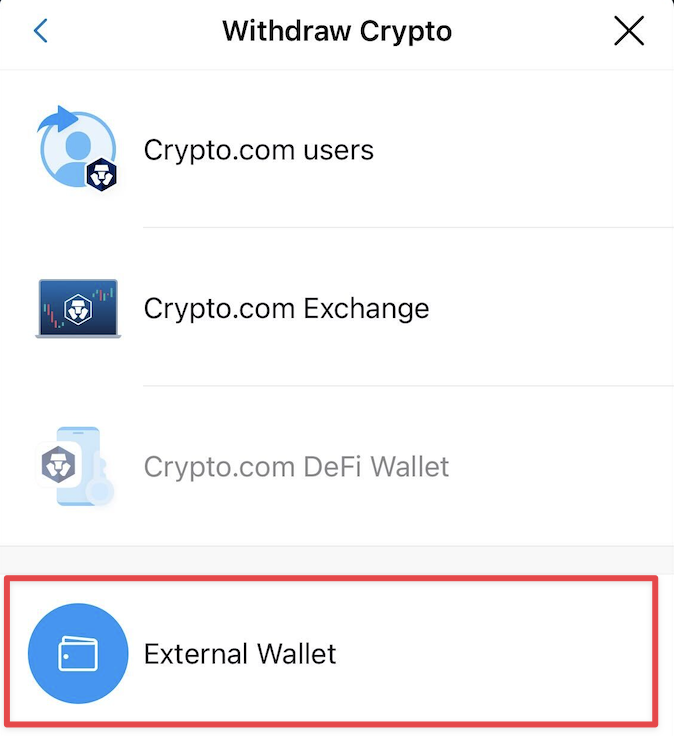All articles
- Set up your Trezor
- Basics
- Trezor Suite
- Introducing the new Trezor Suite
- Download & verify Trezor Suite
- Getting to know Trezor Suite
- Trezor Suite settings
- Trezor on Android
- Move crypto to Trezor
- Transitioning to new Windows certificates for Trezor Suite
- Installing Trezor Suite on Linux
- Installing Trezor Suite on MacOS
- Installing Trezor Suite on Windows
- Trezor Model One
- Trezor Model T
- Trezor Safe 3
- Trezor Safe 5
- Hardware wallet basics
- Trezor Basics
- Next Steps
- What is multisig?
- What is a change address?
- What is a UTXO?
- What are BIPs & SLIPs?
- What is BIP32?
- Pay-to-Script-Hash (P2SH)
- Pay-to-Public-Key-Hash (P2PKH)
- Trezor blockbook explorer
- Lightning Network
- What is coinjoin?
- What is BIP44?
- What is BIP39?
- Bitcoin Halving 2024
- What is the blockchain trilemma?
- What is an NFT?
- What are smart contracts?
- What is Layer 2?
- What are Destination Tags?
- What are dApps?
- Coins vs Tokens
- Moving Funds from Exchanges
- Trezor Suite
- Managing your Accounts
- Managing your Crypto Assets
- Transaction Properties
- Updating Trezor Device Firmware
- Trezor Suite Advanced Features
- Full node via Electrum server
- Use OP_RETURN in Trezor Suite
- What is Taproot?
- Sign & Verify
- Coin control in Trezor Suite
- Locktime in Trezor Suite
- Deprecation and removal of standalone Trezor Bridge
- Custom backend in Trezor Suite
- URI handlers for bitcoin payments
- Address hierarchy
- Experimental Features in Trezor Suite
- Security & Privacy
- Security Best Practices
- How Trezor Keeps you Safe
- Personal Security Standards
- Trezor Advanced Security Measures
- Tor in Trezor Suite
- Trezor Password Manager
- Encrypt PIN with MicroSD card
- Create wipe code to erase device
- Trezor Connect
- What is GPG?
- Udev rules
- Create a wallet with Multi-share Backup
- What is U2F?
- Trezorctl on MacOS
- Seedless Setup
- What is Shamir backup?
- SSH with Trezor
- Trezorctl on Windows
- Recover a wallet with Shamir backup
- What is FIDO2?
- Using trezorctl commands
- What is coinjoin?
- Unlocking the bootloader on Trezor Safe devices
- Retrieve Dropbox passwords from Password Manager
- Backup & Recovery
- Supported Coins
- Supported coins
- Bitcoin
- Bitcoin testnet
- Zcash (ZEC)
- Staking Cardano (ADA) on Trezor Devices
- XRP on Trezor Devices
- Monero (XMR) on Trezor Safe 5, Trezor Safe 3 and Trezor Model T
- Solana (SOL) on Trezor Safe 5, Trezor Safe 3 and Trezor Model T
- Polygon in Trezor Suite
- Stake Ethereum (ETH) in Trezor Suite
- Deprecated coins
- What is BNB token and BNB Smart Chain?
- Optimism, Arbitrum One & Base in Trezor Suite
- Staking Solana in Trezor Suite
- Trezor Suite Lite
- What is Trezor Suite Lite?
- Transaction History in Trezor Suite Lite
- Balances Mismatch
- Trezor Suite Lite with Multiple devices
- Public keys (XPUB) in Trezor Suite Lite
- Trezor Suite Lite FAQs
- Trezor Suite Lite features
- Verifying Trezor Suite Lite Addresses
- Security Tips for Trezor Suite Lite
- Trezor firmware authenticity check on mobile
- Passphrase wallets in Trezor Suite Lite
- Send bitcoin in Trezor Suite Lite
- Third-party wallets
Learn
Trezors, Apps & Crypto
- Device Issues
- Trezor Suite Issues
- Coins & Tokens
- Third-party wallets
- Order & Shipping FAQ
- Where to buy Trezor
- Can I get a discount?
- Can I pick up my order?
- Where do you ship from?
- Is it safe to buy a Trezor on Amazon?
- Why is my box different from what is shown on the website?
- My product stopped working correctly, can I get a replacement or a refund?
- I got my Trezor from a reseller and it stopped working, can you replace it?
- Can you check if a device is genuine by its serial number?
- Can I add an item to an existing order?
- Can I change my invoice?
- Can I purchase as a company (without paying VAT)?
- Can I return an opened product?
- Orders & Payments
- Shipping & Delivery
- Warranty & Returns
Support
Get answers
- Partner Portal
- Product Updates
- Device Firmware Updates
- Firmware changelog
- Bootloader changelog
- Trezor device firmware update March 2025
- Trezor device firmware update February 2025
- Trezor device firmware update January 2025
- Trezor device firmware update September 2024
- Trezor device firmware update August 2024
- Trezor device firmware update July 2024
- Trezor device firmware update June 2024
- Trezor device firmware update March 2024
- Trezor device firmware update December 2023
- Trezor device firmware update November 2023
- Trezor device firmware update April 2023
- Trezor device firmware update March 2023
- Trezor device firmware update November 2022
- Trezor device firmware update August 2022
- Trezor device firmware update January 2022
- Trezor device firmware update December 2021
- Desktop Application Updates
- Trezor Suite update April 2025
- Trezor Suite update March 2025
- Trezor Suite update February 2025
- Trezor Suite update January 2025
- Trezor Suite update December 2024
- Trezor Suite update November 2024
- Trezor Suite update October 2024
- Trezor Suite update September 2024
- Trezor Suite update August 2024
- Trezor Suite update July 2024
- Trezor Suite update June 2024
- Trezor Suite update May 2024
- Trezor Suite update April 2024
- Trezor Suite update March 2024
- Trezor Suite update February 2024
- Trezor Suite update January 2024
- Trezor Suite update December 2023
- Trezor Suite update November 2023
- Trezor Suite update October 2023
- Trezor Suite update September 2023
- Trezor Suite update August 2023
- Trezor Suite update July 2023
- Trezor Suite update June 2023
- Trezor Suite update May 2023
- Trezor Suite update April 2023
- Trezor Suite update March 2023
- Trezor Suite update February 2023
- Trezor Suite update December 2022
- Trezor Suite update November 2022
- Trezor Suite update October 2022
- Trezor Suite update September 2022
- Trezor Suite update August 2022
- Trezor Suite update July 2022
- Trezor Suite update June 2022
- Trezor Suite update April 2022
- Trezor Suite update March 2022
- Trezor Suite update February 2022
- Trezor Suite update January 2022
- Trezor Suite update December 2021
- Trezor Suite update November 2021
- Forum
Other Resources
Partners, socials
Moving from Crypto.com to Trezor
Learn how to get started if you've bought a Trezor hardware wallet and are ready to get your crypto off Crypto.com so that you can HODL safely.



That's it, you have successfully sent your crypto from Crypto.com to your Trezor!
You can click ‘View Details’ to find the TXID of your transaction. This allows you to track its progress and observe how many confirmations it has over time. This will give you some idea of when you should see the coins appear in your account in Trezor Suite.
Follow this step-by-step guide to moving your crypto from Crypto.com to your Trezor
- Connect your Trezor and open Trezor Suite
- Input your PIN to unlock your Trezor
- In the left column, select the account where you want to receive the crypto, and then select Receive

- Click Show full address

- Confirm on your Trezor that the address shown in Trezor Suite matches the one shown on your Trezor device
- Copy the address
- Login to Crypto.com
- Navigate to "Accounts"
- Open your Crypto Wallet
- Press the "Transfer" button
- Press "Withdraw"
Address whitelisting: Crypto.com requires address whitelisting when you want to send crypto to a new address. See the Crypto.com knowledge base for more info.
- Select "External Wallet"

- Complete the withdrawl by following the security steps necessary you have enabled from Crypto.com
- This could be 2FA, SMS and email verification.
- Enter the amout you want to withdraw to your Trezor.
- Press "Withdraw"
- Wait for the withdrawl to be processed.
That's it, you have successfully sent your crypto from Crypto.com to your Trezor!
You can click ‘View Details’ to find the TXID of your transaction. This allows you to track its progress and observe how many confirmations it has over time. This will give you some idea of when you should see the coins appear in your account in Trezor Suite.
You can repeat the process with all the other coins that are supported by Trezor